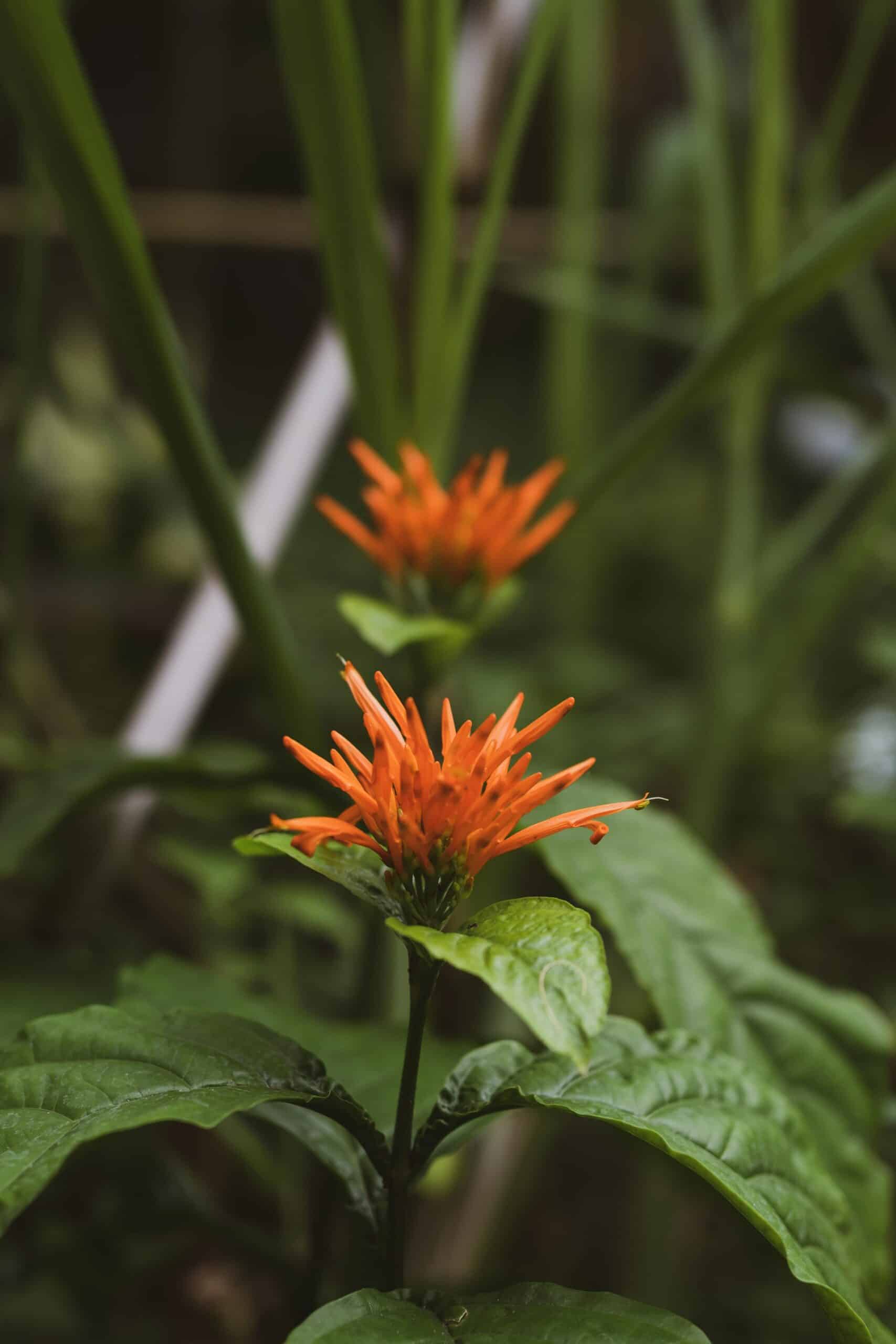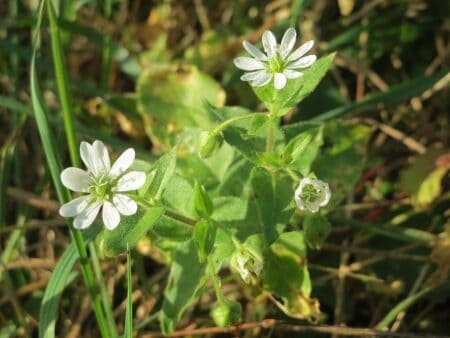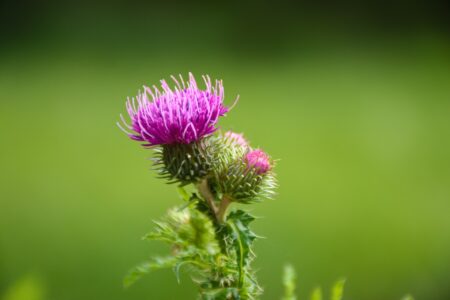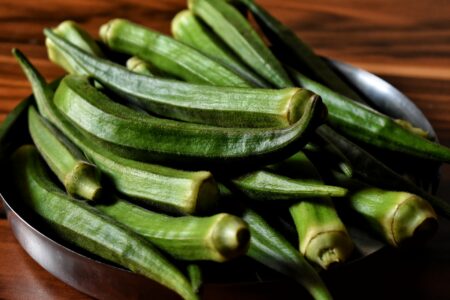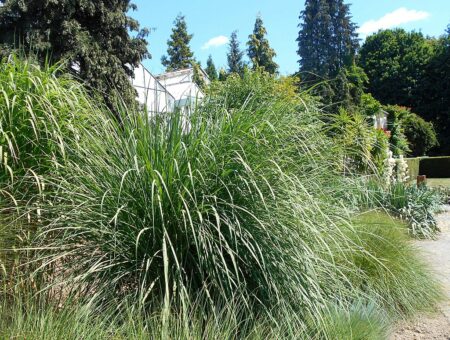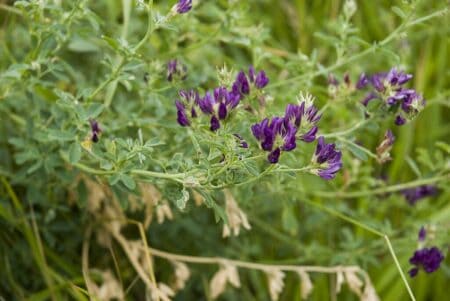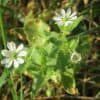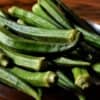Mexican Honeysuckle (Justicia spicigera) is a vibrant and enchanting flowering plant that adds a splash of color to any garden or landscape. With its unique tubular orange flowers and lush green foliage, this plant is a favorite among garden enthusiasts.
If you’re considering adding Mexican Honeysuckle to your garden, this comprehensive grow and care guide will provide you with all the information you need to nurture this beautiful plant.
Plant Overview
Mexican Honeysuckle, also known as Orange Plume, is a perennial shrub native to Mexico and Central America. It belongs to the Acanthaceae family and typically grows to a height of 3 to 5 feet (0.9 to 1.5 meters) with a spread of 2 to 3 feet (0.6 to 0.9 meters).
The plant produces clusters of tubular, orange flowers that attract hummingbirds and butterflies, making it a delightful addition to any wildlife-friendly garden.
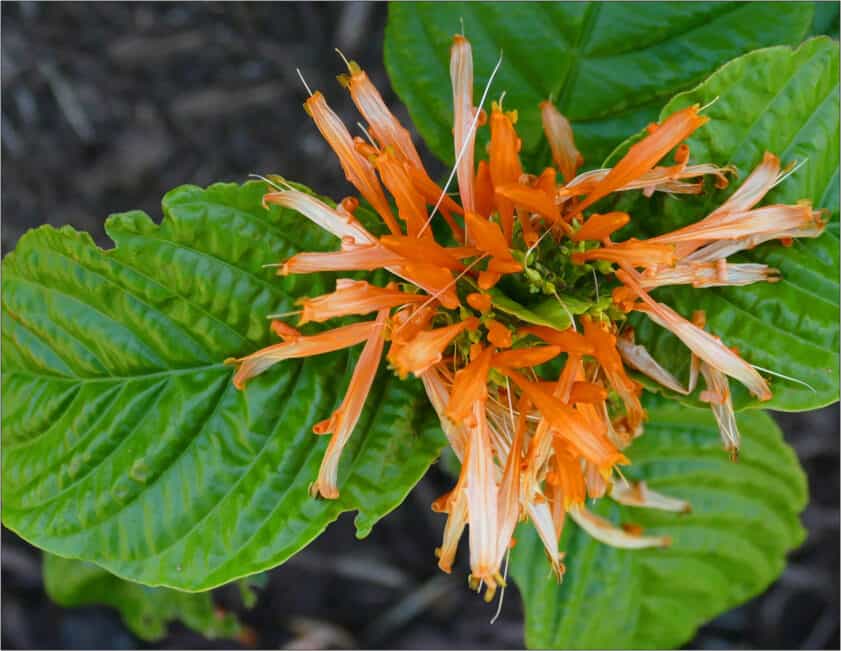
Growing Mexican Honeysuckle
When it comes to growing Mexican Honeysuckle, providing the right conditions is crucial for its success. Here’s a step-by-step guide to help you grow this beautiful plant:
Light
Mexican Honeysuckle thrives in full sun to partial shade. Choose a location in your garden that receives at least 4 to 6 hours of direct sunlight daily. It can tolerate a range of soil types but prefers well-draining soil.
Planting
Dig a hole that is slightly larger than the plant’s root ball. Place the plant in the hole and backfill with soil, gently firming it around the roots. Ensure that the plant is at the same depth it was in the container. Space multiple plants about 2 to 3 feet apart to allow for adequate airflow.
Watering
Mexican Honeysuckle has moderate water requirements. Water the plant deeply once a week during the growing season, allowing the soil to dry slightly between waterings. Reduce watering in winter to prevent overwatering and root rot.
Fertilizer
Apply a balanced, slow-release fertilizer in spring to promote healthy growth. Follow the instructions on the fertilizer packaging for the appropriate dosage. Avoid overfertilization, as it can lead to excessive foliage growth with fewer flowers.
Pruning
Prune Mexican Honeysuckle in early spring to remove any dead or damaged branches. This will help maintain a compact and tidy appearance. Additionally, you can pinch back the tips of the branches throughout the growing season to encourage bushier growth and more abundant flowering.

Propagation
Mexican Honeysuckle can be propagated through seeds or stem cuttings. Collect seeds from mature flowers and sow them in a well-prepared seed-starting mix. Stem cuttings can be taken in spring or early summer and rooted in moist soil or water.
Growing in Containers
Mexican Honeysuckle can thrive in containers, making it a versatile option for patios, balconies, or small gardens. Ensure the container has drainage holes, use a well-draining potting mix, and provide regular water and fertilizer.
Companion Planting
Mexican Honeysuckle pairs well with other flowering plants like salvias, lantanas, and butterfly bushes. The vibrant colors and nectar-rich blooms attract pollinators and create a visually appealing garden.
Winter Care
In colder climates, Mexican Honeysuckle may require protection during winter. Mulch the base of the plant to insulate the roots and consider covering it with burlap or a frost blanket during freezing temperatures.
Additional Tips
Here are a few extra points to consider when caring for Mexican Honeysuckle:
- Mulch the base of the plant with organic material to conserve moisture, suppress weed growth, and regulate soil temperature.
- Protect the plant from strong winds, as it can damage the delicate branches and flowers.
- Regularly monitor the soil moisture level and adjust watering accordingly, especially during hot and dry periods.
- Mexican Honeysuckle is generally low-maintenance but benefits from a light feeding of compost or organic matter in early spring.
- Inspect the plant regularly for signs of pests or diseases, and take prompt action if any issues arise.
Common Pests and Diseases
While Mexican Honeysuckle is relatively resistant to pests and diseases, a few issues may occasionally arise. Here are some common problems to watch out for:
Aphids
These tiny, sap-sucking insects can distort new growth and excrete a sticky substance known as honeydew. Use insecticidal soap or a strong jet of water to control aphid populations. Encouraging natural predators like ladybugs can also help keep aphids in check.
Whiteflies
Whiteflies are small, winged insects that feed on the underside of leaves, causing yellowing and wilting. Use insecticidal soap or neem oil to control whitefly infestations. Introducing beneficial insects like lacewings or parasitic wasps can also be effective.
Powdery Mildew
Powdery mildew appears as a white, powdery coating on the leaves, stems, and flowers of plants. Ensure good air circulation around the plant by providing adequate spacing and pruning when necessary. Fungicidal sprays containing sulfur or neem oil can help control powdery mildew.
Root Rot
Overwatering or poorly drained soil can lead to root rot, a fungal infection that causes the roots to decay. To prevent root rot, ensure the soil is well-draining and avoid overwatering the plant. If root rot occurs, remove affected parts of the plant and improve drainage.
By being vigilant and addressing these issues promptly, you can maintain the health and beauty of your Mexican Honeysuckle.
Conclusion
Mexican Honeysuckle is a captivating plant that offers both visual beauty and ease of care. With its vibrant orange flowers, attractive foliage, and ability to attract pollinators, it can be a showstopper in any garden or landscape. By following the guidelines for growth, proper care, and addressing potential issues, you can ensure the health and longevity of this remarkable plant.
Don’t miss the opportunity to witness the breathtaking beauty of Mexican Honeysuckle firsthand. Add it to your garden and let its vibrant colors and graceful presence enchant both you and your surroundings.

